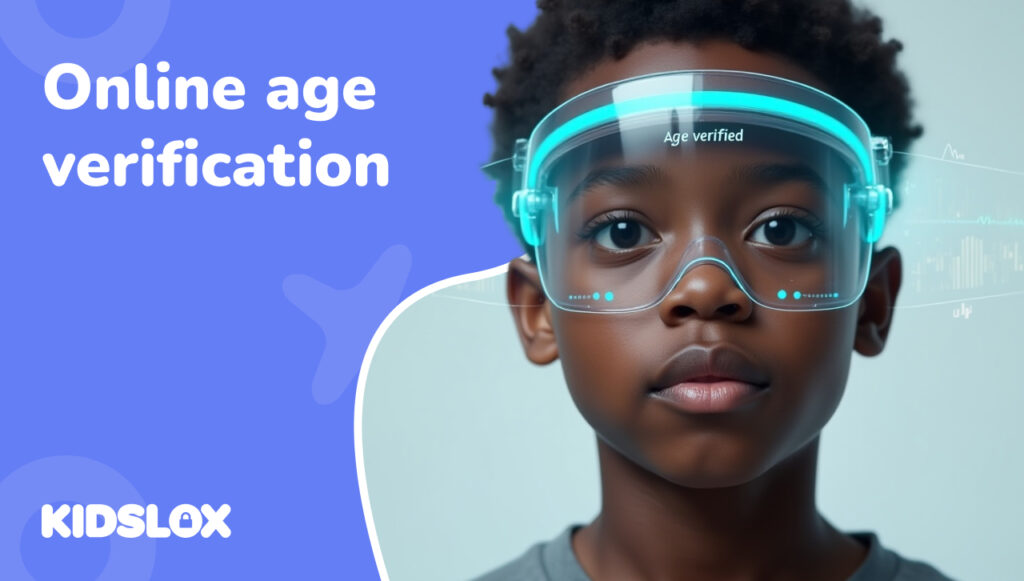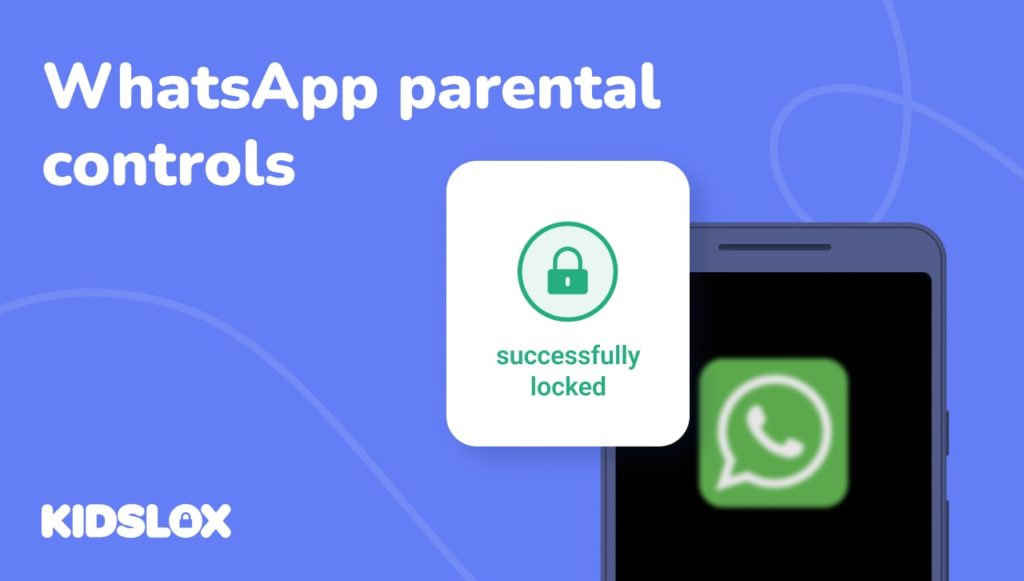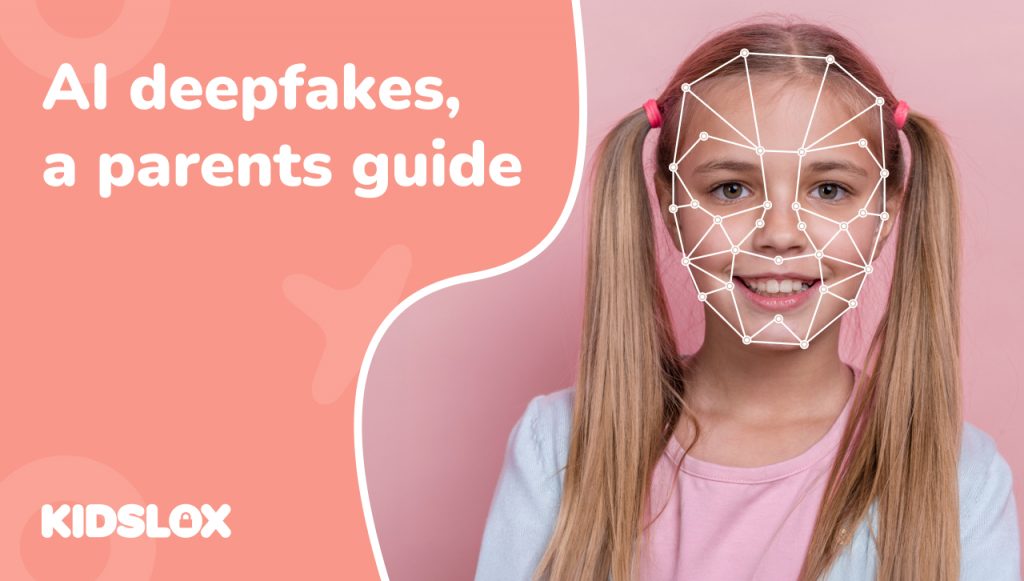What Parents Need to Know About Age Verification
Kids today grow up surrounded by phones, tablets, apps and games—it’s no wonder they’re curious about everything the internet has to offer. As they hit the preteen years, many start asking for their own accounts or want to try out the platforms their friends are already using.
But not every corner of the internet is made for younger users. Age limits exist for a reason—they’re there to protect children from harmful content and from sharing personal information too soon.
Lately, there’s been a big shift in how websites and apps check someone’s age. In the UK and other countries, new rules mean platforms now have to take more responsibility for keeping under‑age users out. You’ve probably heard terms like age verification systems or age verification apps—but what do they actually mean, and how will they affect your child?
Why Age Verification Is Big News
The UK’s Online Safety Act came into force in July 2025. It requires websites with adult content, harmful material, or addictive features to use proper age verification software to block users who are too young. Instead of just typing in a fake birthday, people might have to upload ID, take a photo, or use an age verification app to confirm their details.
Similar rules are being debated or introduced around the world. In Australia, for example, new laws will ban under‑16s from using social media altogether. In several U.S. states, platforms now have to verify ages before allowing children to sign up unless a parent gives permission.
These changes mean age verification online is quickly becoming part of everyday internet use.
What Is an Age Verification System?
An age verification system is a tool that checks how old someone is before letting them use a website, app, or online service. There are several types:
- Simple age checks: Asking for a date of birth – easy to bypass.
- ID checks: Uploading a passport, driver’s licence, or other ID.
- Facial scans: Estimating age based on a selfie or video.
- Third‑party services: Using a verified digital ID from another provider.
Websites might run these checks directly or link to an age verification website to handle it securely.
Why Is This Happening Now?
For years, children have been able to access sites or apps by simply entering a fake birthday. As technology has grown more addictive and harmful content more accessible, governments are taking a tougher stance.
Platforms are now being told to take “reasonable steps” to prevent underage users from signing up. In the UK, failure to do so could mean fines of millions of pounds.
What It Means for Kids
These changes mean they’ll see more age checks when trying to sign up for apps, play certain games, or visit some websites.
That can feel frustrating for them—but it also opens the door for parents to have conversations about why age limits exist and why some online spaces just aren’t right yet.
Explaining it simply can help: “These checks are there to protect you from things that might upset you or that you’re not ready to see. Once you’re older, you’ll be able to join safely.”
How Age Verification Tools Work
The new tools being rolled out include:
- Photo ID checks – Uploading a picture of a passport or driver’s licence.
- Facial scans – Using a selfie to estimate a user’s age.
- Credit card checks – Assuming the cardholder is an adult.
- Digital ID wallets – Apps that securely store proof of identity for online use.
Some platforms, like Spotify, already use services such as Yoti to check ages. Social apps including Discord and Reddit are also testing stricter age confirmation steps.
Are These Systems Safe?
Supporters say age verification software protects children and forces websites to take responsibility for their content. But there are concerns too.
Some parents worry about privacy—especially if ID scans or facial data are stored. Others question whether these systems will even work properly or if determined users will still find ways to get around them.
How Kids Get Around the Rules
Even with stricter checks, many kids figure out ways to bypass the rules. Some common tricks include:
- Entering a fake birthday when signing up.
- Using VPNs to hide their location and avoid UK‑based checks.
- Borrowing a parent’s details to pass verification.
- Creating “secret” accounts or hiding apps in folders.
- Using tricks like game avatars to fool facial recognition tools.
Knowing these methods helps you have honest conversations, rather than just relying on restrictions alone.
The Pros and Cons of Age Verification
As with all developments in the world of social media, debate surrounds the pros and cons of age verification and whether protecting children from harm comes at the expense of privacy and other rights.
Here’s why they’re seen as positive step forward:
They help protect kids from harmful or adult content
Age checks are designed to block younger users from seeing things that could upset them or that they simply aren’t ready for. This includes explicit content, violent material, and other harmful content that could negatively affect a child’s wellbeing.
They put more responsibility on platforms, not just parents
For years, the burden of keeping children safe online has fallen almost entirely on parents. With stricter age verification systems, websites and apps are now being held accountable for who uses their platforms. That means companies can’t just look the other way if children sign up before they’re meant to.
They give parents greater peace of mind
Knowing that age checks are in place can reassure parents that their children won’t accidentally stumble across unsuitable websites or content. While parental controls and open conversations are still important, age verification adds an extra layer of safety.
Concerns About Age Verification
Why some people feel this new step could be problematic and not a silver bullet for internet safety:
Personal data and privacy worries
Many systems rely on ID uploads, facial scans or other sensitive information. Parents may be uncomfortable with this data being stored or shared, especially if it isn’t clear how long it will be kept or who might have access to it.
They’re not always accurate—and can be easily bypassed
Even advanced age verification software can make mistakes. Some kids have found creative ways to trick systems, from using VPNs to borrowing a parent’s ID or even using video game avatars to fool facial recognition tools.
It could push kids to sneak around
Strict age checks might backfire if children feel left out while their friends are online. Some might lie about their age, create secret accounts, or use hidden apps to get around the rules. That’s why age verification needs to be paired with open conversations at home—so kids understand why the rules are there, not just how to get past them.
Talking to Your Child About Age Limits
Once the new rules come into force, it’s a good opportunity to remind our kids why these rules exist and encourage a wider conversation about internet safety and digital literacy. Here’s a few steps to get started:
- Explain why age limits exist. Let them know these aren’t punishments—they’re there to protect them.
- Be clear about honesty. Talk about why pretending to be older can cause problems later.
- Discuss privacy. Teach them to be cautious if a website asks for ID or a facial scan.
- Set boundaries together. Make rules about which apps they can use and when you’ll review these rules again.
- Stay Involved. Find out what apps and websites your child is interested in. Check their age limits and talk about why those limits are there.
- Use Parental Controls. Apps like Kidslox can add another layer of protection, letting you set screen‑time limits, block certain apps, and manage access even if your child gets past some online checks.
- Talk Early and Often. Start conversations about online safety before your child asks for social media. It’s easier to set expectations early than to fix bad habits later.
- Be a Role Model. Children learn from what we do. Show them that you can put your phone away, take screen‑free breaks, and respect online privacy too.
The rise of age verification online is changing the way the internet works. More responsibility is shifting to websites and apps to protect children, instead of leaving it all to parents.
Technology is part of everyday life, and age restrictions can feel frustrating for kids—but they exist for good reasons.
By understanding how age verification systems work, staying up to date with new rules, and talking openly with your child, you can help them build healthy online habits.
Remember! While these tools make it harder for kids to access harmful content, the best defence is still open conversation, trust, and clear boundaries at home.





